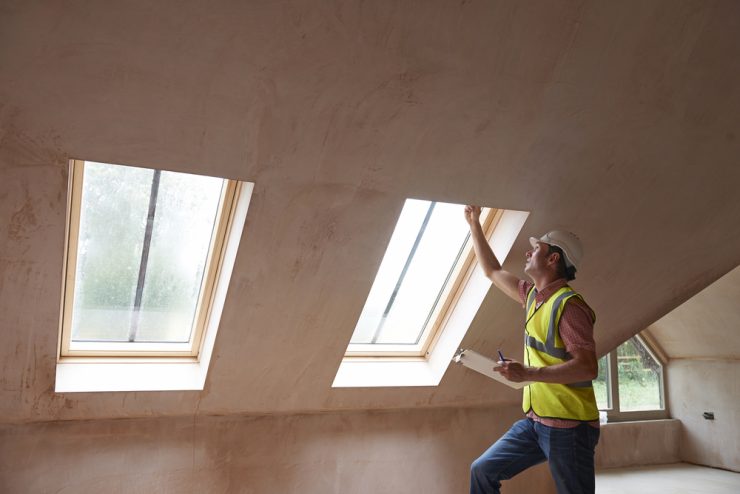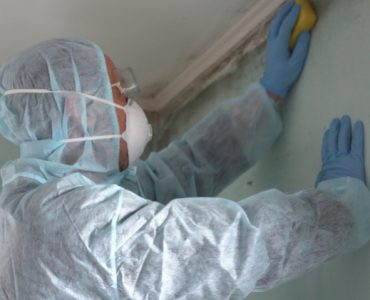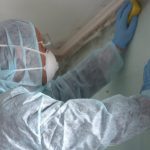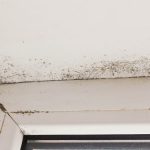If you suspect there is black mold in your home or you find a patch indicating there may be a more serious problem, you should organize a professional mold inspection of the property. Mold grows in damp and humid conditions, and though you may be able to clean up any patch of mold you discover you may not get everything as some may be hidden.
That’s why a mold inspection can help root out any deep-seated problems and potentially save you many thousands of dollars. When you organize a mold inspection you should ensure it is carried out under the Standards of Practice of the International Association of Certified Indoor Air Consultants.
You can access two types of mold inspection under these Standards of Practice, a Limited Mold Inspection and a Complete Mold Inspection, and you should be aware of the differences between them.
Complete Mold Inspection
This type of inspection includes four main elements together with a further seven aspects for report preparation. The four main parts are:
- a visual examination of the whole building, all installed, visible and accessible systems and components. The examination is non-invasive.
- measurements of humidity, temperature and moisture.
- the taking of a minimum of three air samples, two outdoor and one indoor. You can request additional tests and there would be an added cost for those.
- sampling one surface that may appear to be an area of concern, though this is not mandatory.
The seven other aspects include:
- the intrusion of moisture.
- water damage.
- odors that are musty.
- apparent growth of mold.
- conditions that are conducive to the growth of mold.
- results of an analysis performed in a laboratory of any mold samplings taken.
- a list of any components or system that are listed in the Standards of Practice where visual examination did not occur and an explanation of why not.
You should expect this type of mold inspection to take at least two hours.
Limited Mold Inspection
This type of inspection is less expensive than a complete inspection but is, as the title suggests, somewhat limited in its scope.The whole building will not be visually examined with the mold inspectionbeing confined to specific area of the property the client and/or inspector identifying and defining the area to be inspected.
Before the inspection you should agree with the inspector exactly what the limitations are and be aware that there may be other areas of possible mold growth that may not be inspected. So the inspection includes the visual examination of a specific area or room that the inspector defines, air sampling and possible surface sampling as in a complete inspection. Humidity, moisture and temperature measures are not taken.
The report will include the same additional seven aspects as for the complete report and is a quick and affordable method of determining if black mold exists in the premises and, where possible, specify the type of mold in the area inspected.











